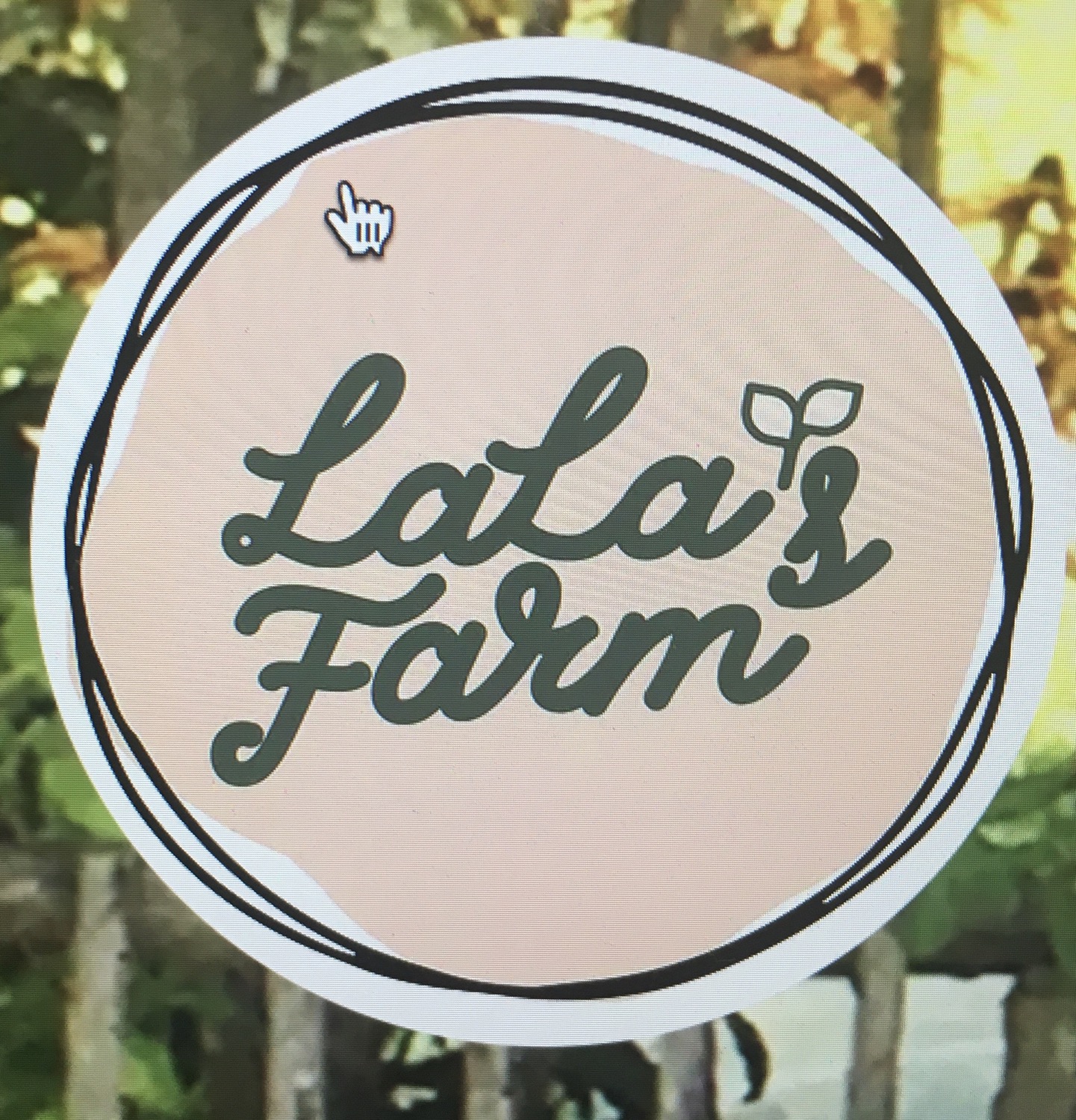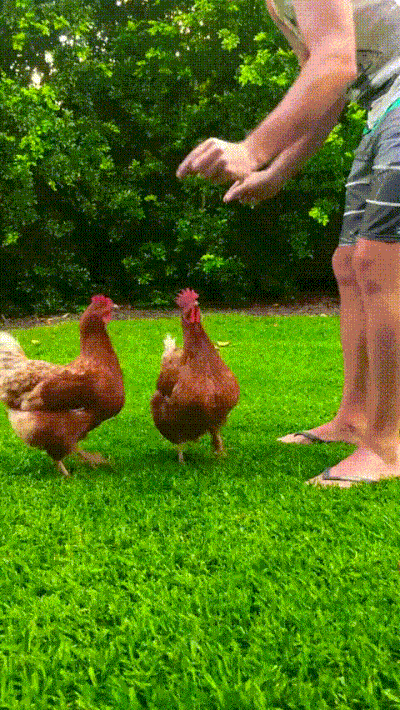Bringing Home New Chicks Next Month?
- LaLa

- Jan 26, 2020
- 4 min read
Updated: Feb 7

Visiting the Agway: A Journey into Chick Care
Yesterday, I visited my nearest Agway to see what selection of chicks would be arriving soon. To my surprise, they already had Easter Eggers and Rhode Island Red chicks. In their backyard, they had pullets of Copper Marans and Rhode Island Reds! The Agway owner stated that they now have chicks and pullets at their location all year round due to demand!
Lucky us!!
I was specifically seeking French Black Copper Marans, Lavender Orpingtons, Welsummer, and Light Sussex sexed chicks. Although I would love to have a rooster, my male Guinea Hen, Versace, just won't have it. We rescued an abandoned roadside male Easter Egger rooster named Buddy a few years back who, while young, got along fine with Versace; however, as Buddy the rooster matured, he no longer wanted to be Versace's "buddy." The two of them fought continuously, and this created a very chaotic atmosphere. My hens and I were horrified and unsettled. I tried for a month to see if the situation would calm down, but unfortunately, it was fruitless. So Buddy went to live at a farm where they had no roosters or guinea hens. Buddy fit in just fine and is now strutting about in hen heaven!
Anyway, we are hoping to acquire a few of the above-mentioned chicks next month when our Agway store will hopefully have the varieties we are seeking. In the meantime, it's time to prepare, clean, and sanitize our brooder and make ready for the new chicks. It is necessary to have the brooder set up and heated and have the correct chick food, water, and feeders in place prior to bringing home a delivery of the chicks. We will measure the temperature to ensure the conditions in the brooder are ideal prior to arrival.
Preparing the Brooder
If you are new to acquiring and caring for chicks, you will need at least 1 square foot of floor space per chick until they are about 6 weeks old. The sides of the brooder should be a minimum of 24 inches tall. Some folks I know use large kiddie pools, heavy-duty cardboard boxes in a contained safe area, and others with pets use extra-large transparent plastic totes and place holes throughout the covers or use screens as ventilation covers. Others use brooders you can buy online. We use an enormous galvanized horse trough and window screens as our brooder for the chicks.
Essential Supplies
Bedding
Waterers
Feeders
Heat source
These items are typically low-cost and can be cleaned and reused after use. Cover the brooder floor with a thin layer of clean newspaper and add a sprinkle of fine pine shavings. Ensure that clean water and quality chick feed are always accessible. It's crucial to remove the droppings several times a day to maintain dryness and cleanliness.
Heating the Brooder
Concerning the heat source, newly hatched chicks are unable to regulate their body temperature during the initial weeks of life, making it crucial to provide the appropriate heat source. Most people opt for a 100-watt incandescent bulb in a clamp-on utility light. This type of utility lighting is safe for high-wattage bulbs or infrared lamps. No one wants anything that is unsafe or could potentially start a fire. Therefore, it is advisable to securely clamp and suspend the lighting with a chain above the brooder. There are many other heating options available if you are willing to spend a bit more. Sweeter Heater offers a Coop and Brooder light that is highly recommended by many Northern chicken owners. Consult your nearest farm store, such as Agway or Tractor Supply, or your State Farm Extension for chick care advice and their recommendations.
Monitoring Temperature
How do you find the right temperature for your chicks? Use a thermometer to make sure the brooder's temperature stays within the preferred range. Additionally, pay attention to your chicks' behavior and positioning. If they are gathering in one spot, look into potential causes such as drafts, loud noises, or uneven heat distribution. Make sure the brooder is large enough for the chicks to move away from the heat if it becomes too hot. You'll also see if the heated area is too cold if all the chicks huddle directly under the heat source.
Newly hatched chicks prefer temperatures of 95 degrees. As they grow, the required temperature drops by roughly 5 degrees each week until they reach about 10 weeks of age. To lower the temperature, simply raise the height of the lamp. For more information on raising healthy and content chicks and flocks, consult your hatchery, visit Nutrenaworld.com, or contact your State's Farm Extension.
Bonding with Your Chicks
In conclusion, I think it's essential to spend time with your chicks daily. Spending at least 10 minutes bonding with them will lead to a friendly flock that will readily approach you and be easier to manage, as they'll see you as part of their group. Chickens are social, vocal, and communicative, and they will value your presence. Mine will come running from wherever they're free-ranging or relaxing in the chicken run, hoping for a treat or just to share their day with me (LOL). Spending time with them also helps me keep an eye on their health. Most importantly, I believe it promotes family fun. My children and now grandchild have learned the importance of being caring, gentle, kind, responsible, and loving.







